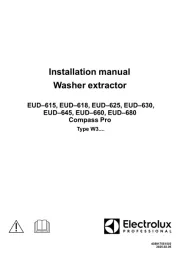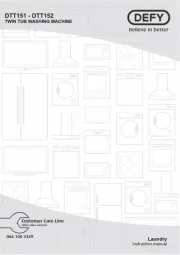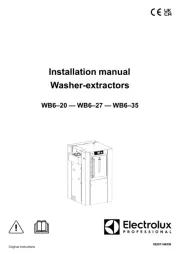LG TR1640AFF Manual
Læs gratis den danske manual til LG TR1640AFF (78 sider) i kategorien Vaskemaskine. Denne vejledning er vurderet som hjælpsom af 42 personer og har en gennemsnitlig bedømmelse på 5.0 stjerner ud af 21.5 anmeldelser.
Har du et spørgsmål om LG TR1640AFF, eller vil du spørge andre brugere om produktet?

Produkt Specifikationer
| Mærke: | LG |
| Kategori: | Vaskemaskine |
| Model: | TR1640AFF |
Har du brug for hjælp?
Hvis du har brug for hjælp til LG TR1640AFF stil et spørgsmål nedenfor, og andre brugere vil svare dig
Vaskemaskine LG Manualer
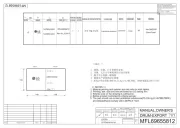
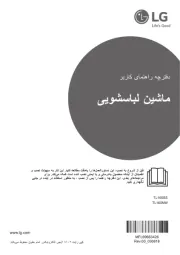

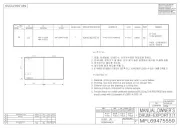

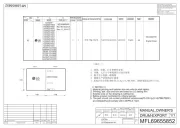


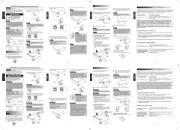
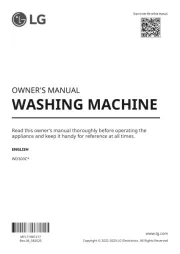
Vaskemaskine Manualer
- Aldi
- Edesa
- Technika
- Exquisit
- AYA
- Hestan
- Fisher Paykel
- New Pol
- Elba
- Ravanson
- Rommer
- Caple
- Hotpoint Ariston
- Reliable
- Dexter
Nyeste Vaskemaskine Manualer




